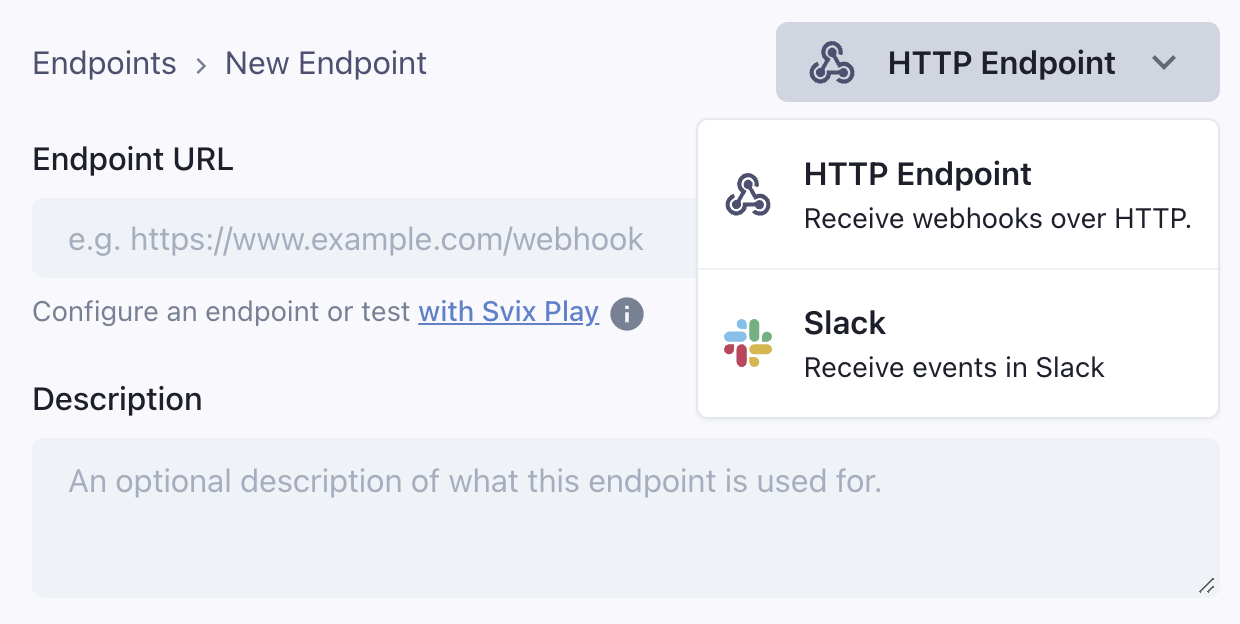- Published on
Connectors: Integrate your webhooks with external services
- Authors

- Name
- Luciano Bianchi

Svix is the enterprise ready webhooks sending service. With Svix, you can build a secure, reliable, and scalable webhook platform in minutes. Looking to send webhooks? Give it a try!
At Svix, we're always looking for ways to expand the usefulness of webhooks. A powerful way to unlock their full capability is by allowing users to connect your service to various third-party platforms.
As a webhook consumer, connecting webhooks to third-party services can be a pain. Depending on the service, it requires spinning up a server to listen for the webhooks, handling authentication, and figuring out the correct payload that the service expects.
That's where Connectors come in.
What are Connectors?
Connectors make it easy for your customers to link your webhooks to popular services like Slack, Hubspot, or Microsoft Teams in just a few clicks—no code or new backend infrastructure required.
Think of it this way: if your service already sends webhooks through Svix, your application portal can offer a Connect to Slack or Connect to Hubspot button, with almost no extra engineering effort on your part.

How it works
Under the hood, Connectors use a transformation (a piece of JavaScript code) you can customize to convert the webhook payload into the format that the third-party service expects.
Svix handles authentication with the third-party service, so your customers can connect your webhooks to these services in just a few clicks. No need to write any code or deploy any new backend infrastructure.
Connection flow
When you configure a new Connector, your users will see it as a new option when creating a new endpoint.

Depending on the service, the app portal will show a 'Connect' button or specific instructions that your customers can follow to complete the connection.


For example, for Slack, the user will be asked for authorization to send messages to their Slack workspace. After authorizing and hitting 'Create', they will start receiving Slack messages from your service.
Supported connections
At the time of this writing, Svix Connectors are available for:
With many more to come! If you want to see a new Connector type added, please let us know!
Wrapping up
We're just getting started with Connectors. We plan on building many more service integrations, and we're excited to see what you'll build with them.
If you have any Connector that you'd like to see added, let us know!
For a more detailed explanation on how to create and set up Connectors, please refer to our docs.
For more content like this, make sure to follow us on Twitter, Github, or RSS for the latest updates for the Svix webhook service, or join the discussion on our community Slack.